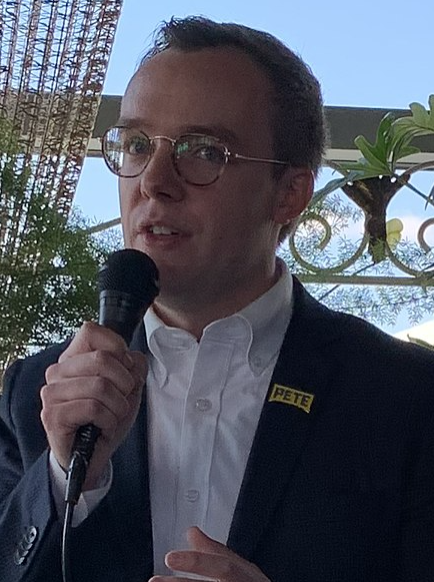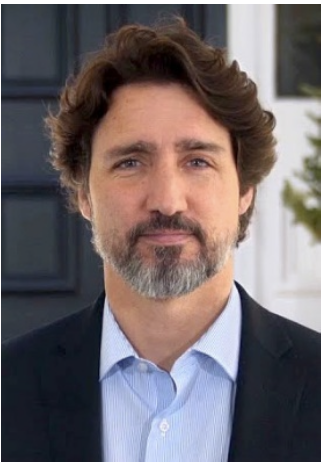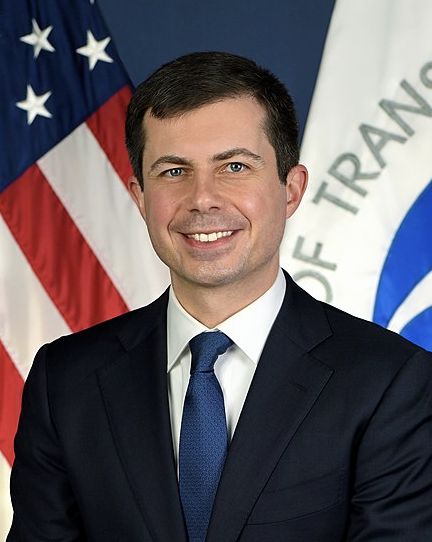Global Economy, Markets and Strategy

Agenda
- Case: Matching Markets for Googlers.
- Optimal Properties of Matching Markets.
- Gale-Shapley Deferred Acceptance Algorithm.
What are matching markets? Examples?
| 1) | 2) |
| 3) | 4) |
| 5) | 6) |
Why don't these markets use prices?
Why do matching markets sometimes fail?








Who thinks the Chameleon program is a good idea? Does anyone think it's a bad idea?
What alternative mechanisms were considered in the case?
At least in principle, who prefers one of these mechanisms over Chameleon?
What properties would the ideal matching market for Google have?
| Properties |
Which mechanism is likely to suffer the least from asymmetric information problems?
| Properties | Best | Worst |
What was the benefit of using pre-specified "market-moving times"?
Google tried a matching mechanism.
"Rank the following potential roles for assignment. Everyone will get a role listed their top three."
Why didn't this mechanism work?
This mechanism wasn't incentive compatible.
The Gale-Shapley Deferred Acceptance Algorithm.
- ICs propose working with their first choice manager.
- Check for any ICs who prefer the same manager, in which case use the manager's preference to resolve the matching.
- Collect all of the ICs who were not matched according to their proposal and start over at Step 1. Continue this process until all ICs were matched.
This mechanism is both incentive compatible and stable.
Incentive Compatibility.
All agents want to act in a way that reveals their true preferences.
Stable Matching.
No two pairs of matched agents would prefer to swap with each other.
Which adjectives would you assign to this mechanism?
- Fast? Efficient? Fair? Scalable?
- Flexible? Risky? Transparent?
If you were in the manager's position, how would you feel about using this mechanism to determine your team?
If you were a new IC, how would you feel about using this mechanism to determine your first role at Google?
In one anonymous survey, only 74% of ICs agreed that they "felt comfortable sharing [their] true preferences". Is this enough for the algorithm to work as designed?
Do you worry this mechanism could backfire by over-emphasizing the ability for mobility?
Early on there was movement among 26% of ICs. Wouldn't this degrade productivity?
Necessary conditions to apply this mechanism.
- ICs must have interchangeable skills.
- Demand on both sides of the market for movement.
- Assigned movement must address the needs of the business.
Who thinks we should use this algorithm for marriage markets?
Key takeaways.
- Matching markets take the place of traditional markets when prices cannot act as a mechanism for facilitating trades. That is, sometimes the specific pairing of a "buyer" and "seller" is relevant, or pricing is banned altogether. This problem has been widely studied in kidney markets, for example.
- Incentive compatibility is a condition in matching markets that ensures market participants are willing to reveal their true matching preferences.
- Stability is a property of the resulting matching outcomes where no two pairs of matches would prefer to trade places with each other.
- The Gale-Shapley Deferred Acceptance Algorithm is a mechanism that is both incentive compatible and stable.
- The use of a matching market algorithm must (1) ensure there exist interchangeable skills, (2) have demand on both sides of the market for potential movement, and (3) the resulting movement must directly address the needs of the business.